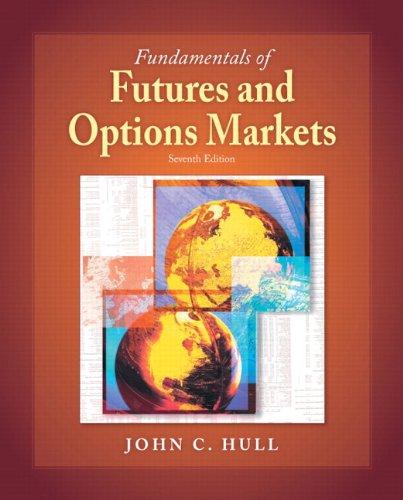Question
You have decided to use the discounted cash flow approach to value AFC. Based on the riskiness of the new business you believe a 30

You have decided to use the discounted cash flow approach to value AFC. Based on the riskiness of the new business you believe a 30 percent discount rate is appropriate. What is the forecasted value of the AFC to its equity holders? (Hint: Use the cash flows in Table 2 as a starting point.)
What percentage of common stock would you require to invest the needed $35 million? Would Dr. Aplin be willing to sell you this percentage ownership of AFC?
Now assume that the estimated terminal value growth rate is 15 percent, and the bank is only willing to loan the firm $20 million? Under these conditions, what percentage of common stock would you require to invest $35 million? Would Dr. Aplin be willing to sell you this percentage ownership of AFC?
Use the multiple of earnings method to estimate the value of AFC's equity. As a first pass, use the average projected earnings over the first five years as the best estimate of earnings. Then assume the stock of publicly traded firms with somewhat similar technologies sells at an average of eight times earnings.
If you used the adjusted tangible book value method to value AFC, how would you determine the market value of the patent?
Table 2 Projected Cash Flow Statements (In Millions) Year 1 Year 2 Year 3 Year 4 Year 5 $102 51 $ 51 $129 65 $ 64 19 Sales Cost of goods sold Gross margin General/administrative expenses Debt service requirements Pre-tax earnings Taxes Net income Depreciation/amortization Terminal value Net cash flow 25 $20 10 $10 5 5 $0 0 $0 2 $117 59 $ 58 23 5 $ 30 $53 26 $27 10 5 $12 5 $7 6 5 $ 27 10 $ 29 12 13 14 $ 15 6 $ 17 6 $ 15 6 116 $137 $ 2 $13 $ 21 $ 23 Notes: (a) (b) Depreciation/amortization expense is included in the cost of goods sold, yet it is a noncash charge. Thus, it must be added back to net income to obtain the net cash flow in each year. The terminal value is the present value, as of the end of Year 5, of the equity cash flows that are expected to occur after Year 5. This value was obtained by assuming 10 percent annual growth in equity cash flows after Year 5 and a cost of equity of 30 percent: $21(1.10) Terminal value = = $116. 0.30-0.10 Table 2 Projected Cash Flow Statements (In Millions) Year 1 Year 2 Year 3 Year 4 Year 5 $102 51 $ 51 $129 65 $ 64 19 Sales Cost of goods sold Gross margin General/administrative expenses Debt service requirements Pre-tax earnings Taxes Net income Depreciation/amortization Terminal value Net cash flow 25 $20 10 $10 5 5 $0 0 $0 2 $117 59 $ 58 23 5 $ 30 $53 26 $27 10 5 $12 5 $7 6 5 $ 27 10 $ 29 12 13 14 $ 15 6 $ 17 6 $ 15 6 116 $137 $ 2 $13 $ 21 $ 23 Notes: (a) (b) Depreciation/amortization expense is included in the cost of goods sold, yet it is a noncash charge. Thus, it must be added back to net income to obtain the net cash flow in each year. The terminal value is the present value, as of the end of Year 5, of the equity cash flows that are expected to occur after Year 5. This value was obtained by assuming 10 percent annual growth in equity cash flows after Year 5 and a cost of equity of 30 percent: $21(1.10) Terminal value = = $116. 0.30-0.10Step by Step Solution
There are 3 Steps involved in it
Step: 1

Get Instant Access to Expert-Tailored Solutions
See step-by-step solutions with expert insights and AI powered tools for academic success
Step: 2

Step: 3

Ace Your Homework with AI
Get the answers you need in no time with our AI-driven, step-by-step assistance
Get Started


